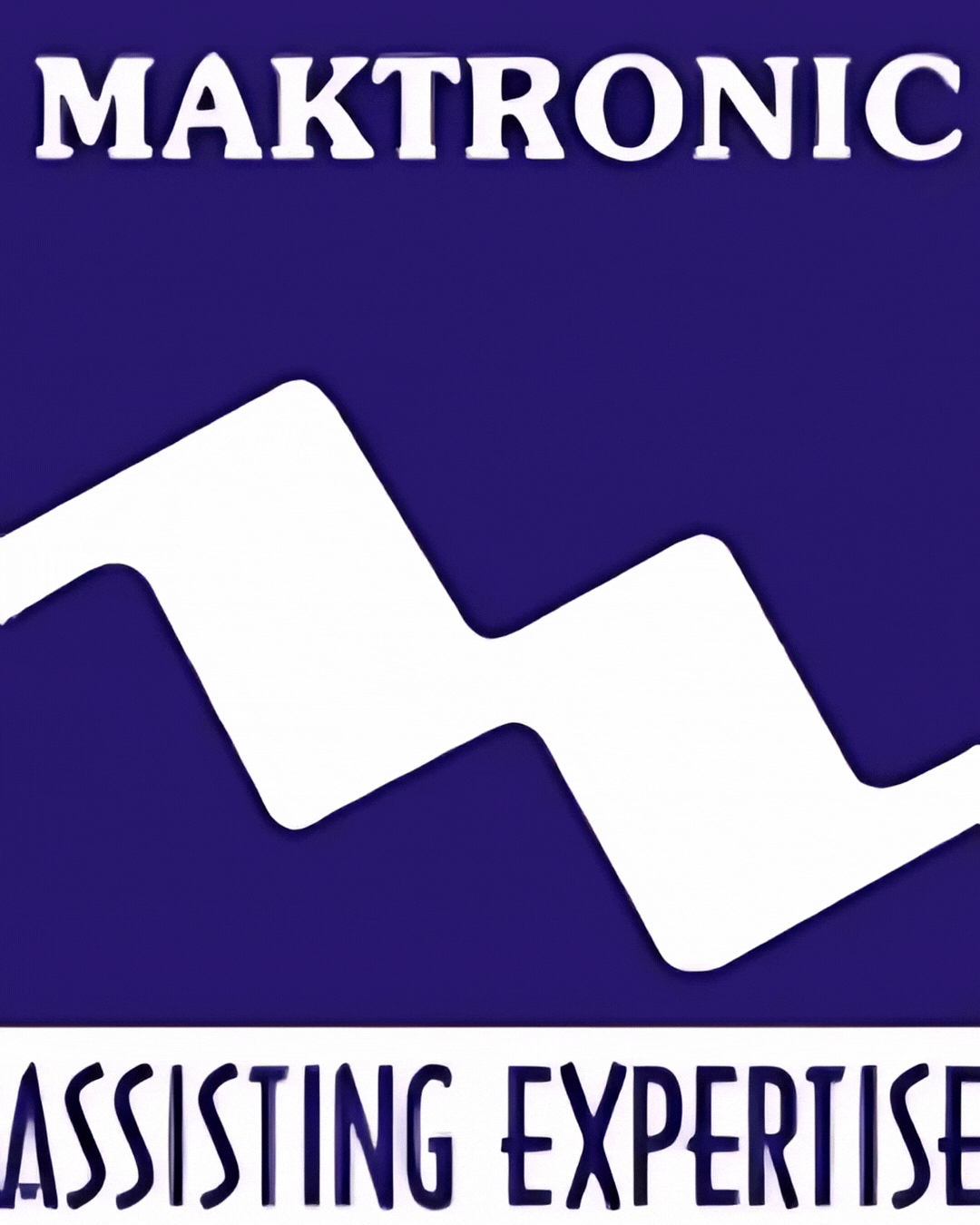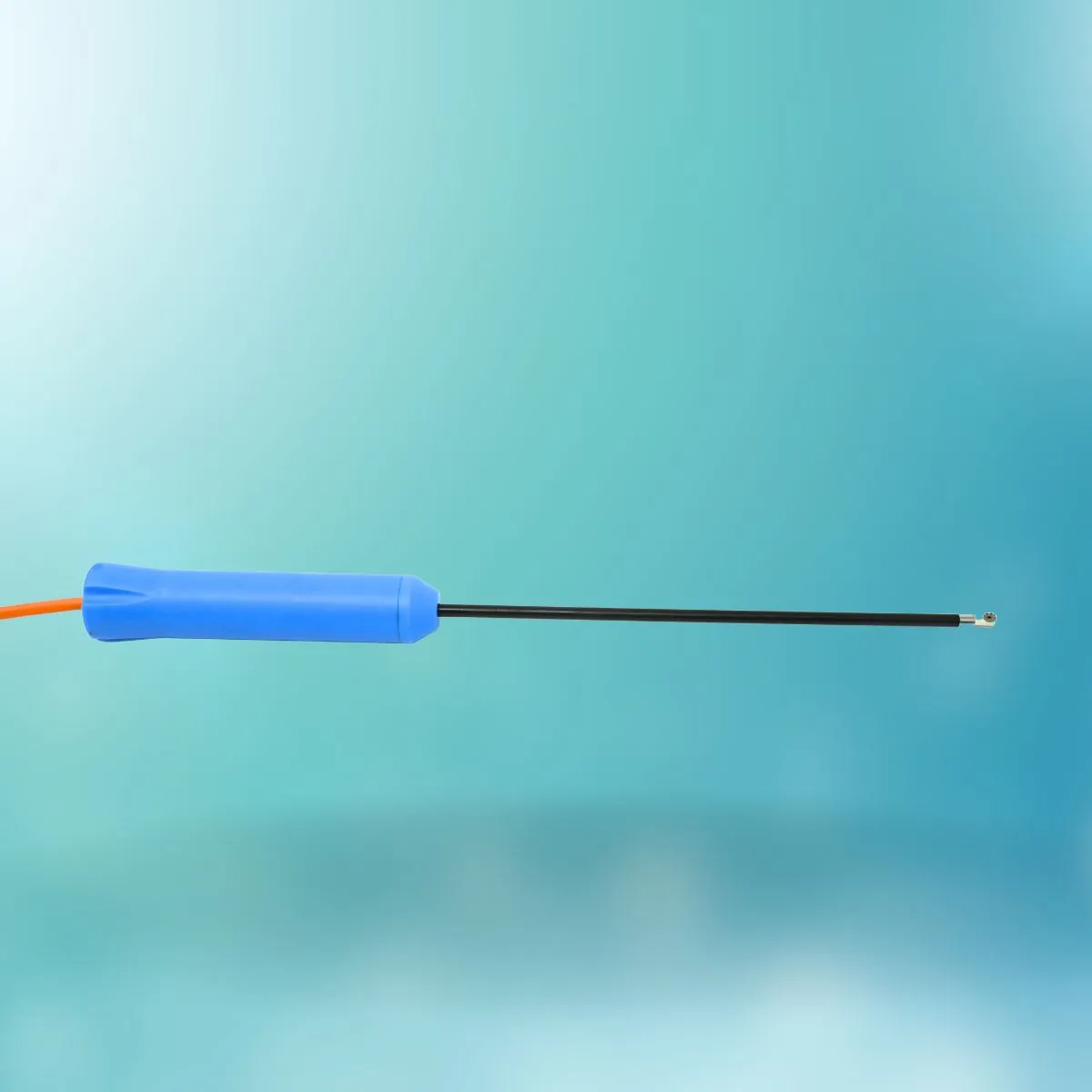R F PROBE
Description
An RF (Radiofrequency) Probe in arthroscopy is a specialized tool used to deliver controlled radiofrequency energy to soft tissues within the joint during minimally invasive surgeries. This device generates high-frequency electrical currents that are converted into heat energy, which is then used for various therapeutic purposes, including tissue coagulation, debridement, and pain management. The RF probe is typically inserted into the joint through a small incision or puncture site and is connected to a radiofrequency generator that controls the intensity and duration of the energy delivered.
Function and Mechanism:
The RF probe works by emitting radiofrequency waves, which are absorbed by the targeted tissue. As the energy is absorbed, the tissue heats up, causing proteins to coagulate, shrink, or vaporize. This process can be used to treat various joint conditions by performing specific tasks such as:
-
Coagulation: RF energy is used to coagulate damaged or inflamed tissue, such as the synovial membrane or soft tissue within the joint. The controlled heating helps shrink or eliminate the tissue, reducing inflammation and pain.
-
Debridement: The RF probe can be used for debriding (removing) damaged or diseased tissue, such as frayed cartilage or damaged meniscal fragments, during procedures like meniscectomies or cartilage repairs. The energy breaks down the tissue, making it easier to remove.
-
Pain Relief: In certain arthroscopic procedures, RF probes are used to target and desensitize nerves within the joint by selectively damaging the nerve tissue, thus providing pain relief through a process called "neurotomy" or "radiofrequency ablation."
-
Tissue Shrinking: The RF probe can be used to shrink tissue, such as abnormal growths or synovial cysts, making it easier for the surgeon to clear the joint or create a more optimal environment for healing.
Applications in Orthopedic Surgery:
-
Arthritis Treatment: RF probes are frequently used to treat joint conditions like osteoarthritis, where inflamed or damaged tissue can be coagulated or removed, helping to reduce pain and improve joint function.
-
Meniscal Tear Treatment: During knee arthroscopies, RF probes are used to remove frayed or torn portions of the meniscus, enabling better healing and reducing the risk of further injury.
-
Synovitis Management: In cases where the synovial membrane is inflamed, such as with synovitis, RF probes can shrink and coagulate the inflamed tissue, helping to alleviate pain and inflammation within the joint.
-
Ligament and Tendon Treatment: RF probes can be used to treat soft tissue injuries, such as ligament and tendon tears, by removing damaged portions and stimulating healing.
-
Bone and Cartilage Procedures: RF energy can also be used for cartilage repair or bone shaving, such as in procedures like microfracture or chondroplasty, where damaged cartilage is removed or smoothed.
-
Pain Management: In certain cases of chronic joint pain, RF probes are used to target nerve tissue, providing long-lasting pain relief by interrupting the nerve signals responsible for pain perception.
Advantages:
-
Minimally Invasive: RF probes are used in arthroscopic surgeries, which are minimally invasive and require only small incisions. This reduces the risk of complications, scarring, and recovery time for patients.
-
Precision: The RF probe allows for precise tissue removal and treatment, minimizing damage to healthy tissues and promoting better surgical outcomes.
-
Controlled Energy: RF probes allow surgeons to precisely control the amount of energy delivered to the tissue, reducing the risk of overheating or damaging surrounding structures.
-
Reduced Pain and Inflammation: The energy delivered by the RF probe helps to coagulate damaged tissue, shrink inflamed areas, and provide long-term pain relief, which improves patient comfort post-surgery.
-
Enhanced Visualization: Since RF probes are used in conjunction with arthroscopy, the surgeon has clear visualization of the joint, helping to guide the probe precisely to the target tissue.
-
Faster Recovery: Minimally invasive techniques using RF probes typically result in less trauma to the body, meaning that patients can experience shorter recovery times and less postoperative pain.
Considerations:
-
Energy Settings: The surgeon must carefully control the RF energy settings to ensure that the correct amount of heat is applied to the target tissue. Excessive heat can cause unintended damage to surrounding structures, while insufficient heat may not effectively treat the target tissue.
-
Compatibility: The RF probe must be compatible with the specific arthroscopic system being used in the surgery, as different systems may have varying energy outputs and probes designed for specific procedures.
-
Experience and Skill: Effective use of the RF probe requires skill and experience, as the surgeon must ensure that the energy is applied accurately and safely, particularly when working around sensitive structures like nerves or blood vessels.
-
Long-Term Effects: While RF probes offer significant benefits, the long-term effects of certain treatments, such as nerve ablation, must be considered. Though pain relief may be immediate, the effects on surrounding tissues or nerve function should be monitored postoperatively.
Conclusion:
The RF probe is a versatile and powerful tool in arthroscopy, offering a minimally invasive method to treat a variety of orthopedic conditions. By using radiofrequency energy, the probe can coagulate tissue, remove damaged or diseased tissue, and provide pain relief in a controlled and precise manner. Its use in orthopedic surgeries such as cartilage repair, meniscal tear treatment, and synovitis management has revolutionized the way joint disorders are treated. The ability to target specific tissues with minimal damage to surrounding structures leads to faster recovery, improved surgical outcomes, and reduced pain for patients. Despite its advantages, the use of RF probes requires skilled handling and appropriate energy control to ensure optimal results and safety during procedures.


